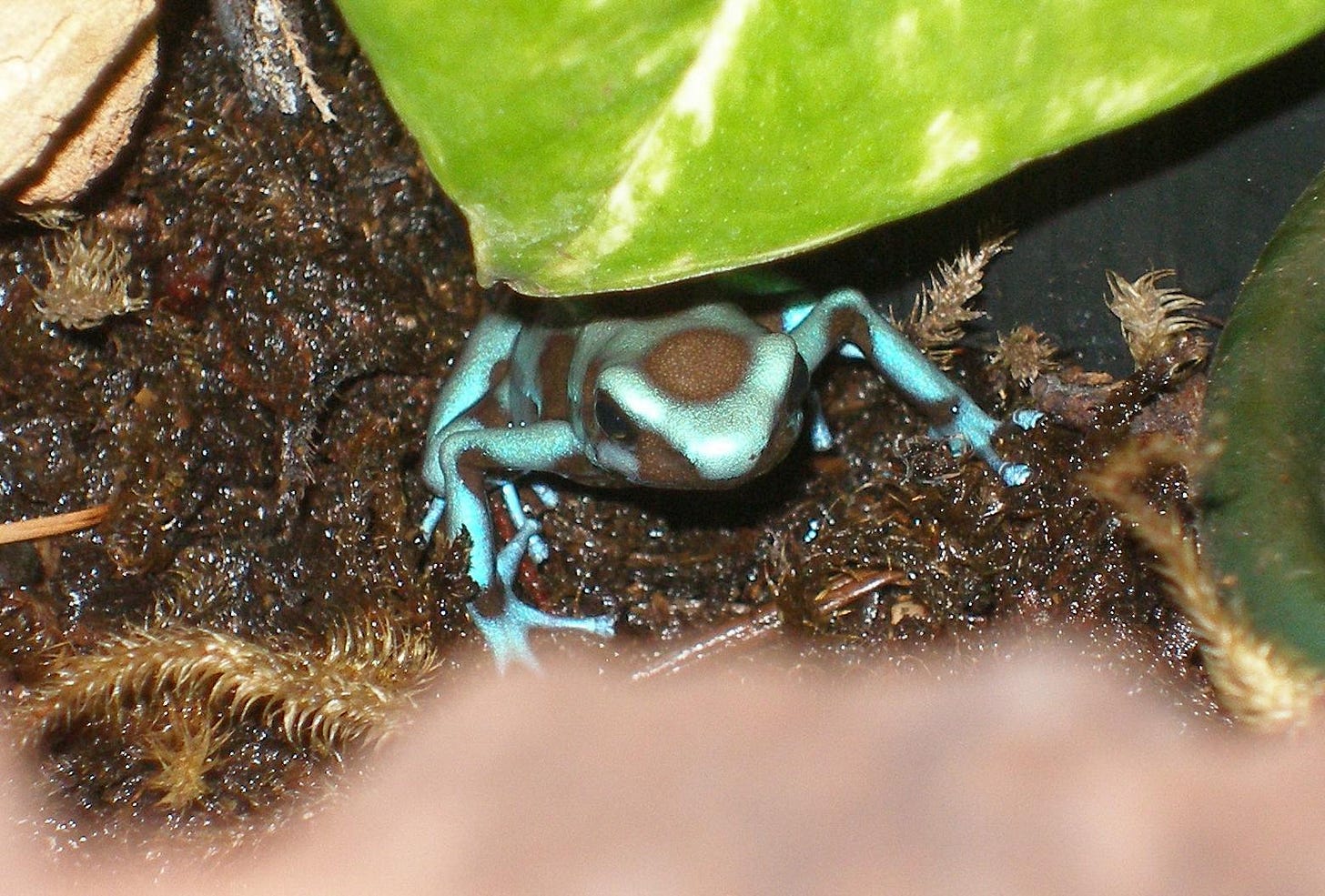I haven't done a lot with toxins in my stories, although I literally have a story titled Poison. It's a brief little wish-fulfillment piece about a woman who poisons a boorish patron. I haven't done more mostly because it's not a subject I know much about. This week, I decided to rectify my lack of knowledge.
Quick Facts
Poison arrowheads were developed i…
Keep reading with a 7-day free trial
Subscribe to Manuscriptions to keep reading this post and get 7 days of free access to the full post archives.



